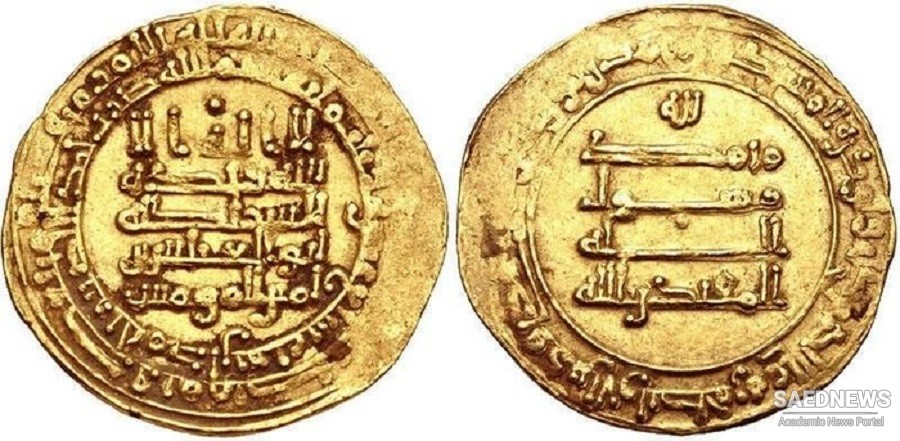In 685, Abdul Malik I, of the Marwanid branch of the Umayyads, was elected as the Caliph. Seeing the extreme disarray in the economic and financial establishment of his empire, Abdul Malik constituted a series of reforms which saw the establishment of a new monetary system. In effect, Abdul Malik created a bimetal currency standard, with gold coins following an old Roman weight and being called Dinar (from Latin denarius), while the silver weight standard was copied from the Sasanians, with the name Dirham (Sasanian derham, from Gk. Drachme). The monetary reforms of Abdul Malek thus established the coinage of the Islamic world up to the modern times. The Umayyad Caliphate continued to rule the Muslim world as a unified empire until the middle of the eighth century (Source: Iranologie).

















































